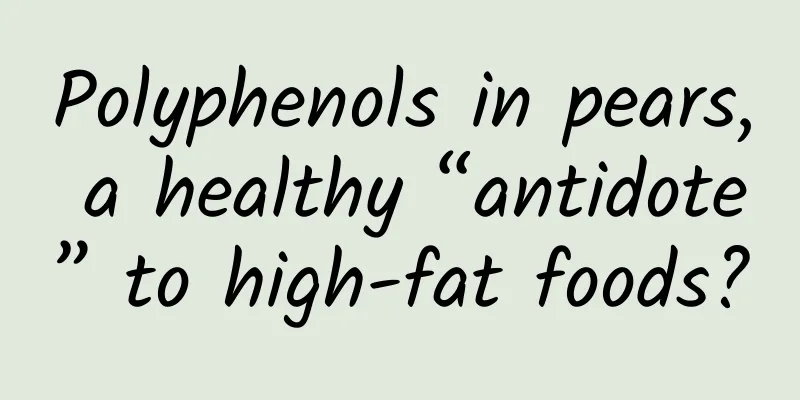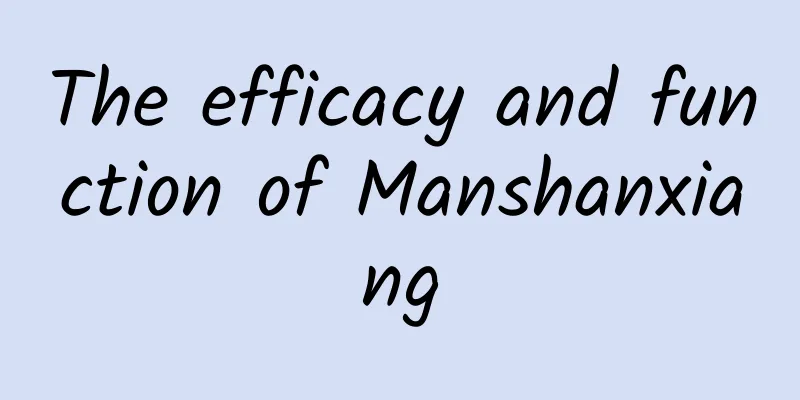What is the difference between Poria cocos and wild Poria cocos

|
There is only one word difference between Poria cocos and Tu Fuling, but they are indeed different things. First of all, Poria cocos is a fungus, while Smilax glabra is a vine plant. Poria cocos can usually be found at the roots of pine trees, while wild yam has thick and smooth leaves. In terms of efficacy, Poria cocos can help calm the nerves, spleen and stomach, promote urination, etc., while Wild Smilax glabra is a medicine that can help eliminate rheumatism, benefit joints, and stop diarrhea. The therapeutic effects of these two medicinal materials are different, and their specific usage requires a doctor to decide. Poria is a diuretic and dampness-removing medicine. It can also strengthen the spleen and calm the mind. It is sweet, mild and flat in nature, and enters the heart, spleen and kidney meridians. Poria is a heat-clearing and detoxifying medicine that can remove dampness and benefit joints. It is sweet, mild and flat in nature and enters the liver and stomach meridians. In terms of efficacy, wild yam can clear away heat and dampness, detoxify, kill insects and relieve itching, and has a good effect on skin diseases caused by damp heat, such as syphilis and eczema. Poria is important for strengthening the spleen and eliminating dampness, and is often used in prescriptions for invigorating qi and strengthening the spleen to enhance the effects of strengthening the spleen and eliminating dampness. In terms of taste, wild yam tastes more bitter, while poria cocos tastes lighter, so there is no need to confuse them when choosing. Traditional Chinese medicine believes that Chinese yam is mild in nature, sweet in taste, and enters the liver and stomach meridians. It has the effects of detoxification, removal of dampness, and benefiting joints. Western medicine believes that Smilax glabra is a strong immunosuppressant and the best Chinese medicine for treating oral and genital ulcers caused by immune diseases. Smilax glabra is also used to treat rheumatoid arthritis, psoriatic arthritis, Behcet's arthritis, gouty arthritis, etc., and is used together with brocade root, mountain rhubarb root, Cynanchum wilfordii, and red vine. Wild yam is also effective for allergic dermatitis, pemphigus, eczema and other immune diseases. Poria cocos is generally harmless when used. It has a relatively mild medicinal property and can help calm the nerves, soothe the mind and strengthen the spleen. But this is not the case with Chinese yam. This medicine can help clear away heat and detoxify, and its nature is relatively cold. If you take it indiscriminately, it can easily damage your spleen and stomach. So don’t make a mistake on this point, otherwise you may hurt your body. |
<<: How to eat Poria cocos for whitening
>>: What are the differences between Poria cocos and wild Poria cocos?
Recommend
What are the effects and nutritional value of coix seed, one of the traditional Chinese medicines for clearing heat and removing dampness?
Job's tears has a long history of cultivation...
The efficacy and function of the root of yellow loquat
Huangju root is a kind of traditional Chinese med...
Effects and functions of Rhamnus crispus
Speaking of Rhamnus crispus, many people know tha...
World Earth Day | How many people can the earth support?
As early as 2012, the academic journal Journal of...
What diseases can Chinese herbal medicine granules treat?
Chinese herbal medicine formula granules are made...
Sophora flavescens soaked in water is poisonous
Sophora flavescens is a plant with medicinal valu...
Dandelion soaked water benefits
In our impression, dandelion is one of our favori...
How painful is it when that thing grows into your flesh?
One minute with the doctor, the postures are cons...
A powerful assistant for surgery, coming from the International Space Station?
Aerospace technology is inseparable from medical ...
The efficacy and function of wild lychee
Most Chinese medicinal materials have good effect...
The efficacy and function of wild cohosh
Only when we understand the main ingredients of a...
Understanding Russian History in One Breath (3)
Mixed Knowledge Specially designed to cure confus...
The efficacy and function of Miao Yaowang
Miao prescription refers to the precious medicina...
Compound camphor powder
Compound camphor powder is a relatively common pl...









